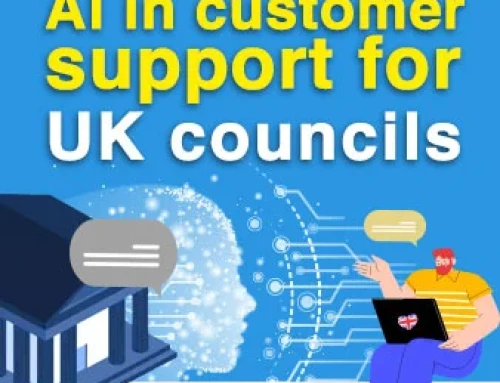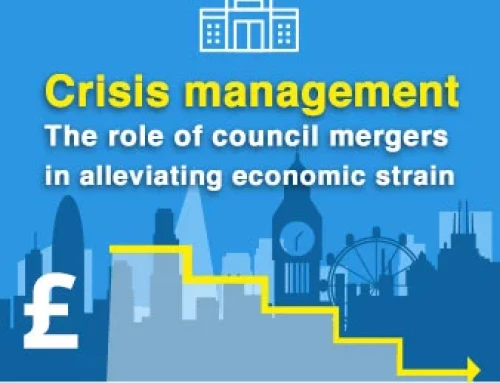Which industries can benefit the most from digital process automation?
The digital opportunity is knocking at these 5 industries!
The world is deeply nested with the wireless technology. We cannot imagine our lives without the use of the Internet and smartphones. This growing interest of customers has made the digital business a mandate. Few industries have reached new heights of success with the digital process automation. On the other side, many business sectors are yet stuck to the old ways. The reasons are lack of knowledge, infrastructure, budget, skills and maybe fear of failure.
According to the experts, this new wave of transformation has something beneficial for every business. Of course, it involves a degree of understanding before embarking the journey. But, the risk is all worth it. Or, we should say, there is more to gain than to hesitate. Check out how the following industries can innovate with digital process automation –
Utility
The power industry needs to empower its operations with digital process automation. From paper sheets to ERPs in the 1990s to the mobile revolution, we have come a long way. Now is the time for the energy and utility industry to embrace the cloud culture that will support the concept of smart homes, smart cities and connected buildings. For instance, smart grids and smart meters contain a wealth of information. Companies can use this data for preventive maintenance and better decisions.
Another key area is workforce optimisation. Mobile enablement is no more an option. The industry needs end-to-end digitisation to standardise and automate the processes. This will help to reduce complaints, increase productivity and generate the revenues. Mobile apps also help to comply with the worker safety and increase the worker efficiency by 28%. Besides that, there is seamless in-field and back-office coordination.
Healthcare
IT automation’s potential will change the patient-doctor relationship making it better and beneficial for both. Healthcare innovation is quite evident. Look around and see the popularity of fitness belts, apps and other wearables. Also, the use of bio-sensor wearables and advanced monitoring devices account for the growth of technology-enabled care (TEC). But, there is a need to connect everything together for delivering care at the convenience of patients and carers.
There is greater scope to digitise patient self-management system. This indicates the use of mobile technology and dedicated online portals. The digital process automation will make all the patient information available in real-time, ease the diagnosis, primary and secondary care, refilling prescriptions, scheduling appointments and payments. It will reduce the laborious administrative work and put more focus on the actual care.
Public Sector
Eyeing the highest digital aims, the public sector has to speed up it’s working with automation. In one of our recent posts, we summarised 4 essential areas of focus for the local government. The next 2 years are very crucial for the public sector. The rate at which they adopt digitisation will determine their future progress. Local government is stuck amidst the fiscal challenges, limited workforce and citizen expectations. It’s rather a hard time for the authorities to achieve their targets.
There may be certain limitations as compared to the private sector. But, a well-planned strategy will give a kick-start. It begins with citizen self-service and goes to automating the back-office administration. This tech-makeover will be a game changer for the local authorities. The new-age solutions will increase staff efficiency and build an interactive citizen community.
Manufacturing
The fourth industrial revolution or ‘Industry 4.0’ is driving a major change. And, digital process automation supports the Industry 4.0 to design a better future. There is a huge scope of innovation with IoT (Internet of Things), 3D printing or additive technology, M2M (Machine-to-Machine) interaction, RFIDs, and intelligent robots. Data plays a big role here. Manufacturers, using cloud-based solutions, can analyse the collected information to meet customer demands and improve production processes.
The ‘digital thread’ involves spawning the silos of information together. It will streamline the product design, production improvement, delivery and end-user experience. This facilitates new levels of collaboration to increase productivity. Another important move is towards the preference of customised products. Manufacturing organisations need to address their customers’ demands for customised products. The holistic systems will create a connected environment across the value chain.
Construction
It’s the need of the hour to reconstruct the construction industry processes. The construction sector lags behind most of the other industries in digital process automation. Despite the awareness, the implementation is rather slow. In the current scenario, manual approaches take more than required time and efforts. Organisations can infuse digital solutions to automate logistics, procurement, field reporting, customer service and after-sale operations to optimise the working of employees.
A complete solution will aid the managers in planning and execute a project. It will help to manage the contracts, monitor the workforce and check the progress at each stage. For instance, a digital platform for contract management will automate its lifecycle and keep all stakeholders on the same page. Mobile apps designed for the moving workforce will track the vehicle movement, manage inventory, capture evidence and enable real-time reporting. That’s how digital process automation will take construction industry to a new level.
There’s more to come…
It seems like there is no stopping to this technological disruption. Most of all, automation is taking over the manual processes to make businesses more efficient. With new advancements on their way, it is better to go digital and be future-ready. Furthermore, to know how your business can automate the workflows, feel free to consult the experts. Join us on Facebook, Twitter and LinkedIn for more updates.





